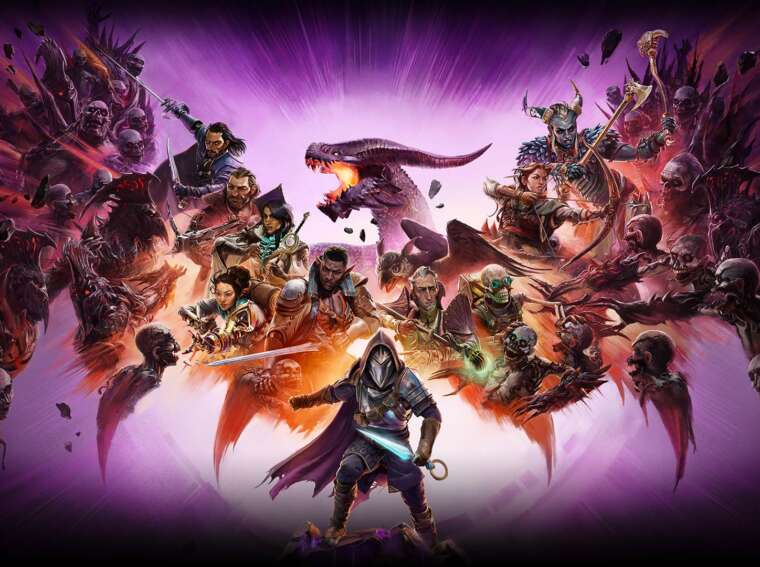The Polished Result of Lessons Learned
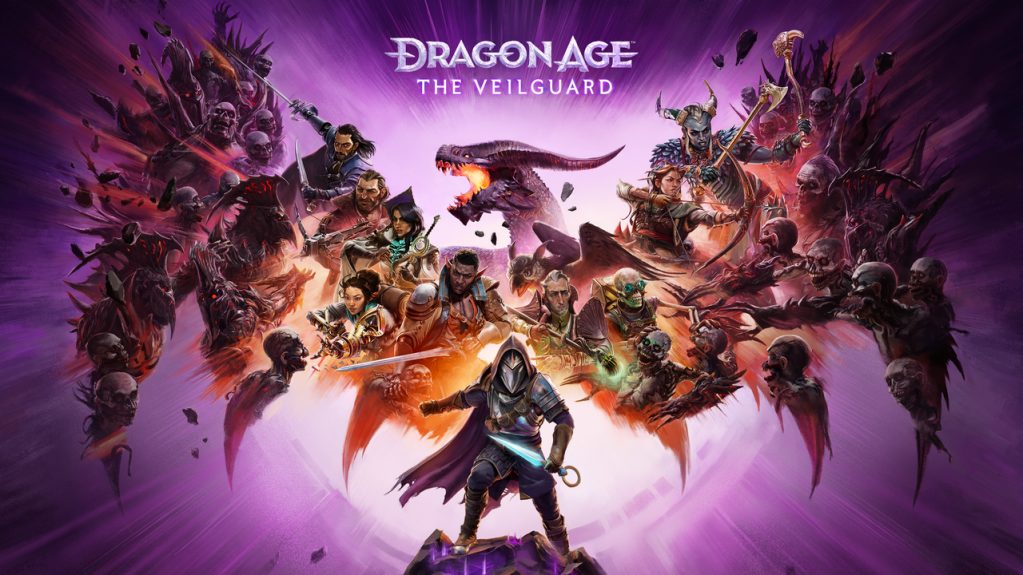
It’s been 15 years since we were first introduced to Grey Wardens, darkspawn, and the Blight. In those years, we have played rogues that rise to legends, and created characters that later became the subject of song. In Dragon Age: The Veilguard, players are once again thrust into the center of world-threatening danger and command of a team. Where Origins had the Warden, II had Hawke, and Inquisition had the Inquisitor, Veilguard brings us Rook, a somewhat “every man” hired by fan-favorite Varric to help hunt an old friend and stop a ritual.
Right from the outset, Veilguard introduces us to the inciting plot via narration from Varric himself, in very similar fashion to Dragon Age II. After those few sentences though, Veilguard proceeds to start laying the groundwork to help itself hold its own distinct place in the series by having a refreshingly updated approach to character creation. Players are given a decent selection of pre-made Rooks, or the option to customize their own unique Rook. Veilguard’s customization still has the normal options like hair style and eye color, but then also has more expansive options such as the option to give Rook cataracts and vitiligo. Scars and tattoos have also made a reappearance in BioWare’s character creations, this time with the option for face and body scars and tattoos, with each having their own color and intensity settings to truly help personalize Rook to your liking. Another nice addition to Veilguard’s character creator that did not exist in previous games is the option to view Rook in different lighting settings within the character creator itself, providing a more comprehensive look into how your creation will look throughout the entire game. Even if players decide they don’t like how their Rook looks, they have the option to edit Rook’s entire appearance for most of the game. Along with this, a second round of character creation makes a reappearance from Inquisition, as the Inquisitor makes an appearance in Veilguard in very similar fashion to Hawke in Inquisition. The difference here is that, instead of breaking pace by designing your returning hero’s cameo upon them being mentioned in the story, players recreate them right after finishing designing their Rook.
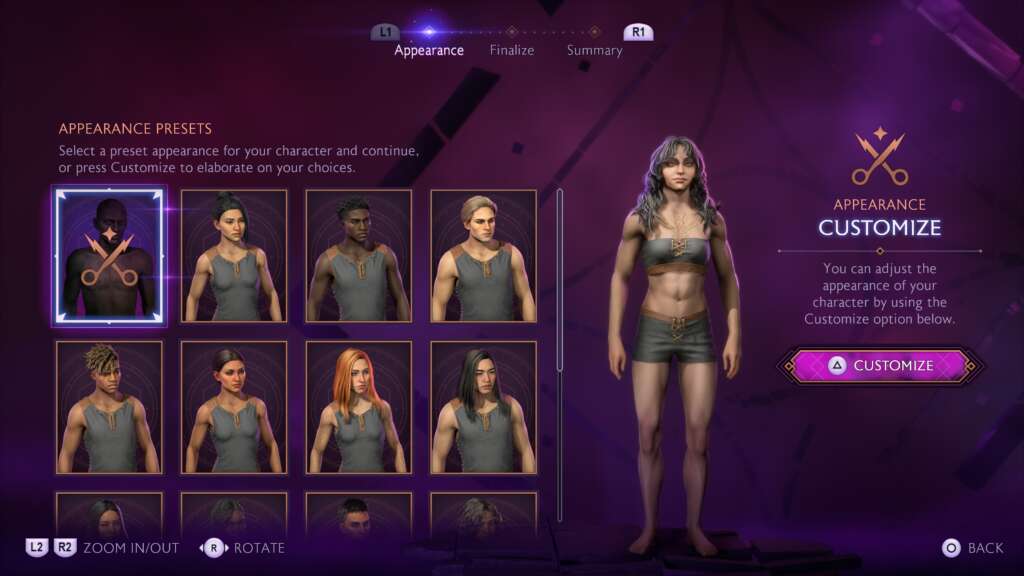
Varric, Solas, and the Inquisitor are not the only pieces from previous games that appear either. Scout Lace Harding returns from Inquisition as well, this time to be a full companion and romance option. A certain companion from Dragon Age II gets a cameo as a faction leader, and Morrigan once again appears to offer insight into some of the mystic aspects of the tale’s threat. The Inquisitor’s choices from the Trespasser DLC of Inquisition are selected when customizing the Inquisitor, affecting some key players’ tones when it comes to dealing with the latest threat to the world. The final point is where some lessons of games past, both Dragon Age and non, start coming into play.
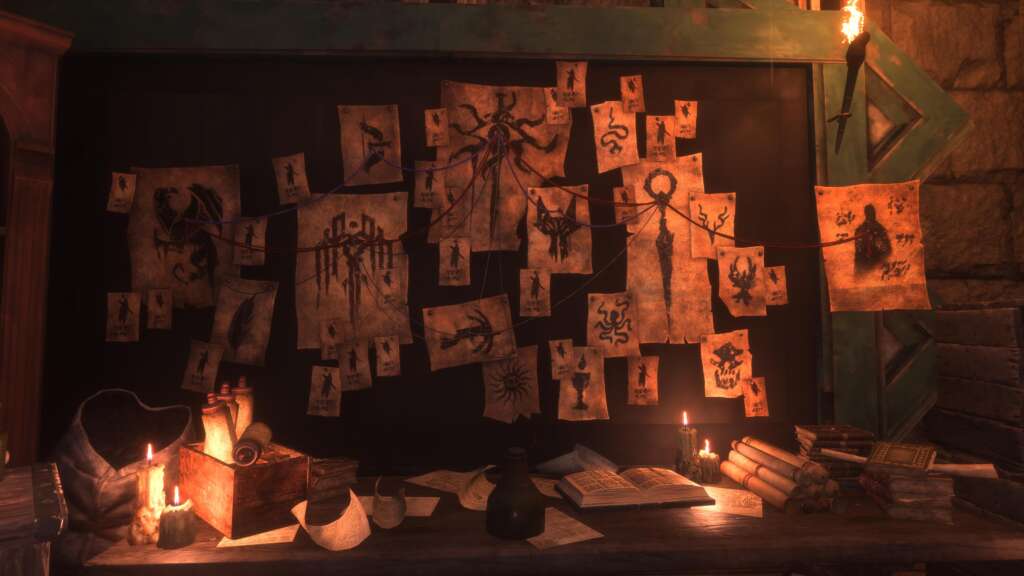
Much like Mass Effect: Andromeda, Veilguard has a long history to live up to and try to do justice within. Andromeda’s approach to not invalidating players’ previous choices and honoring the story already told, while still continuing in the same universe, was traveling far enough in space and time to where the choices of previous games would’ve had little effect on the events of the present situation. Veilguard takes a similar approach, and it is arguably the best decision for the game and its place in the series. Not only has it been 20 years in universe since the events of Origins, and 10 years in universe since the events of Inquisition, but Veilguard also takes place in several Northern locales extremely far from Ferelden, Orlais, and even the Free Marches. So long that a tale of “every battle the Grey Wardens have ever fought, but also none of them” once told by a companion in Origins has gained a new variant where a legion is instead two, in reference to the events of the Fifth Blight, and so far in distance that the only mention of “holes in the sky” are outdated reports about Southern countries with theories by a select few scholars and politicians, but nothing more. This lets Veilguard, and the crisis and dangers it brings forward, breathe on its own without rewriting the very history players have crafted for their own personal interpretations of the world of Thedas’s history.
The companions of Veilguard are just as varied as the locales they come from, if not more so. While Varric and Harding are returning characters, Bellara, Davrin (and Assan), Emmerich (and Manfred), Lucanis, Neve, and Taash are new to all players. Each brings their own insight to lore both new and known, such as Bellara and Davrin presenting unique insights into the nomadic Dalish elves and how different the tribes thereof can be. Davrin also is uniquely positioned to showcase the view of a Grey Warden dedicated to the fight that is still smart and adaptable to both new situations and new information. Emmerich presents Nevarra’s unique view of death with the flair of an academic and “classic” explorer. Lucanis shows an entirely different side of the Antivan Crows than Zevran presented to players back in Origins. Neve brings an actual look into the life of the “every man” and culture in Tevinter from outside the gilded towers of the Magisters. And Taash brings not only the melting pot that Rivain’s culture has developed into, but also several aspects of self-discovery that Rivain’s free approach to many things only enhances. Each of these companions has their own side story mission set in a more developed version of Mass Effect 2 and Dragon Age II’s loyalty and companion missions.
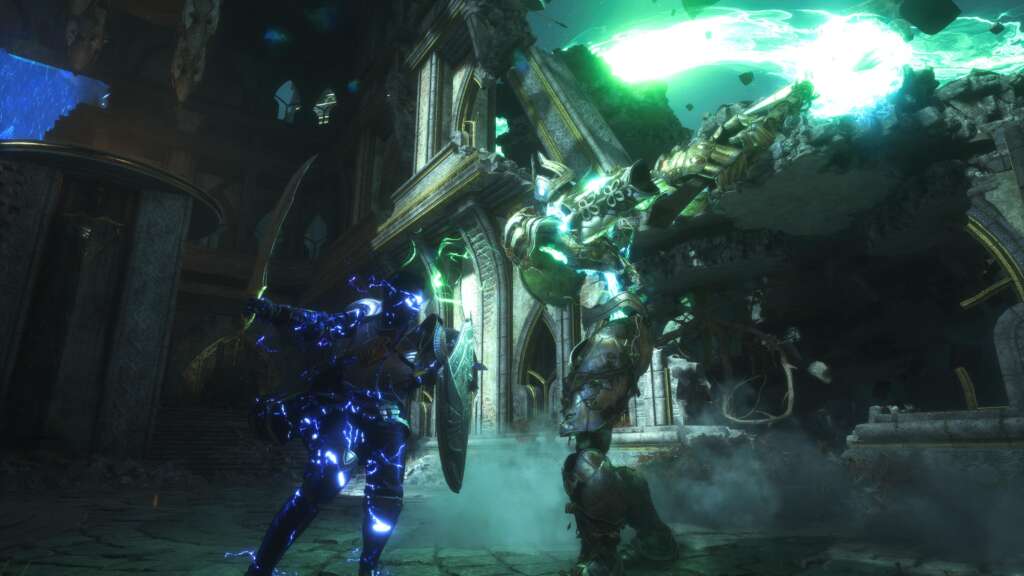
Another lesson that BioWare seems to have learned from when they crafted Andromeda, and subsequently applied to Veilguard, is an update to the combat system. Where Inquisition had characters rather rooted to the ground with little reason to move outside of dodging areas of effect, Veilguard has its characters moving dynamically around the battlefield with plenty of reasons to reposition throughout a fight. This shift came with changes to both party size and skill set options. Unlike previous Dragon Age games that had the player character and then three companions, Veilguard has parties formed of Rook and two companions of the player’s choice. This particular change both ties into the updated three active skills layout, and the reinvention of Dragon Age II and Mass Effect Andromeda’s approaches to “real time” combat. Players can build Rook’s stats and skills however they wish within their respective class’s ability options, allowing some potentially devastating combos that Rook can accomplish even before their companion’s abilities come into the equation. Resetting and reallocating those skill points is also entirely free this time around, allowing for plenty of experimenting. The radial menu to choose and activate said abilities also makes a revamped return from II and Andromeda, pausing the combat while the menu is pulled up to allow players to get a grasp of the battlefield and pick targets for their companions to engage. All of the attacks, blocks, dodges, and abilities have been given fantastic animations and effects, an echo of the beloved animations Hawke and their companions own attacks and abilities in II.
Visually, Veilguard also sets its own tone while still retaining core aspects of the Dragon Age series. The Blight and its effects on people and the land is still unsettling to look at, to say the least. The Frostbite engine’s lighting system has never been bad, per say, but I can only recall one instance of ever seeing it applied so well as it is in Veilguard, and that lesson seems learned from the lighting design in the Dead Space remake. Gone is the odd shine on every character model that Inquisition had, and in its place we have gorgeous, dynamic shadows and edge lighting. The choice to take a more stylized approach to character and world designs has also aided in steering away from the “uncanny valley” trap that several games in the past have stumbled into when trying for photo-realism. For better or for worse, Assan the griffon and Manfred the skeleton would probably look rather terrifying to all except bird and skeleton fans were it not for the more stylistic approach.
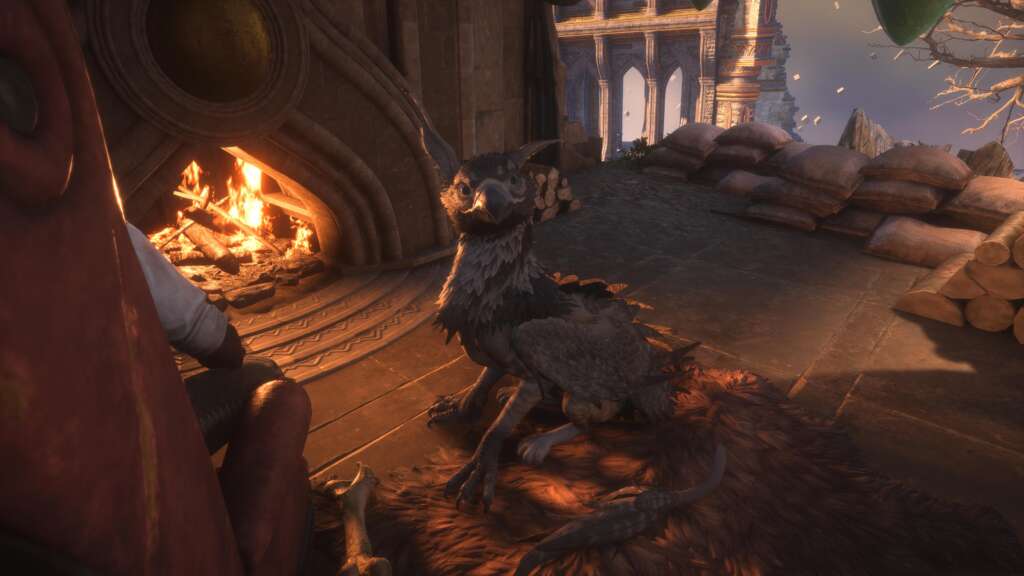
Overall, Veilguard brings players both old and new to a story in Thedas that explores locations that even veterans of the series have only heard about against enemies ranging from the mundane to the divine. Its cast of companions are varied in both backgrounds and struggles, but like every previous Dragon Age game, can come together in deadly efficiency to get the job done. Its locales are grand and vibrant, and with secrets and dangers in the shadows and recesses to reward and challenge those that explore. Its systems from creation to combat use lessons from projects past to streamline and enhance player experience, and utilizes the game’s engine to its best RPG application to date. While its scope affects the amount of impacts from previous games, it also does a fantastic job of laying groundwork for potential futures of the series. For carrying on battles both new and renewed, Veilguard and Rook have locked themselves in among the narrative lineup that Dragon Age has built and maintained over the years as equal but still unique from their predecessors.

